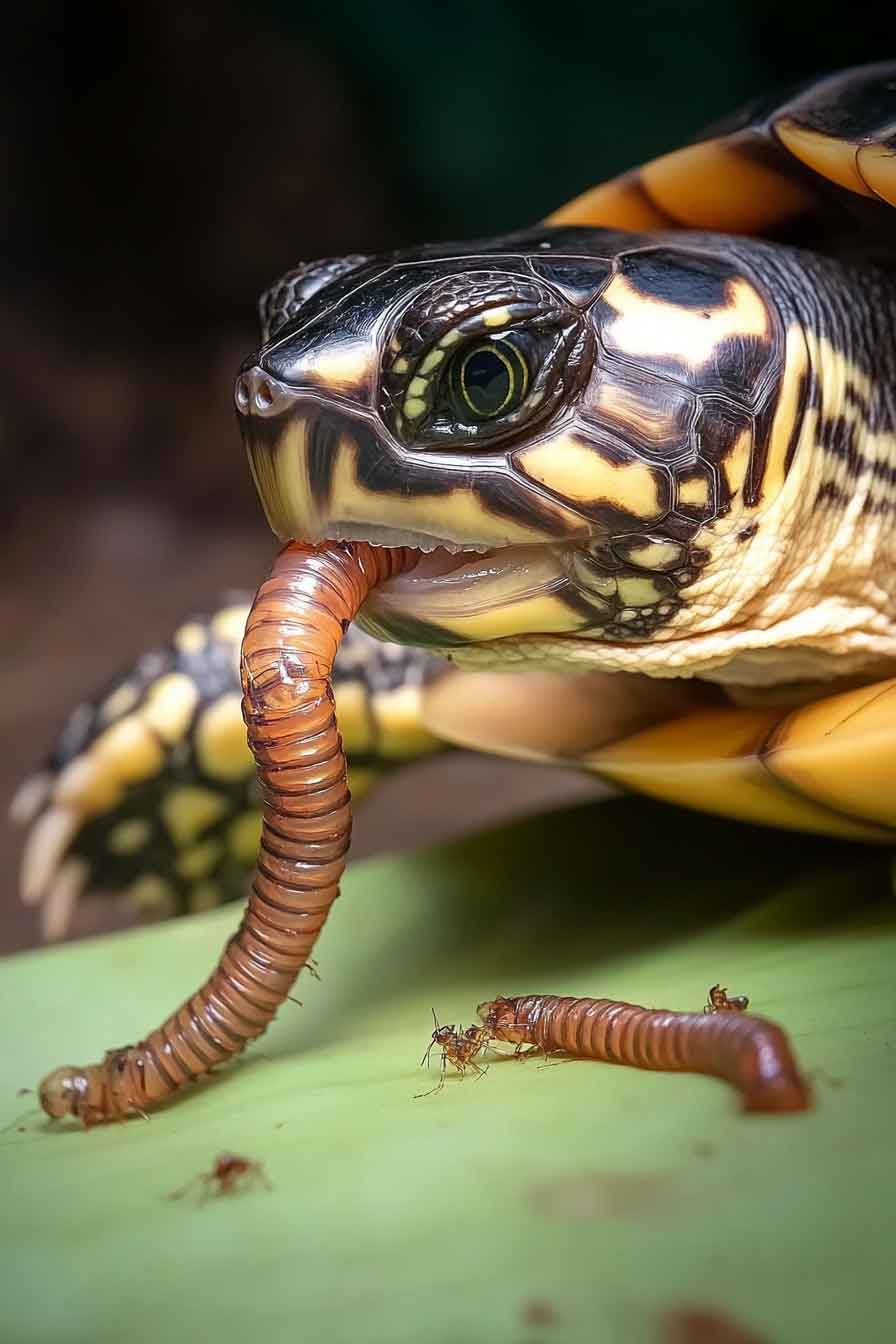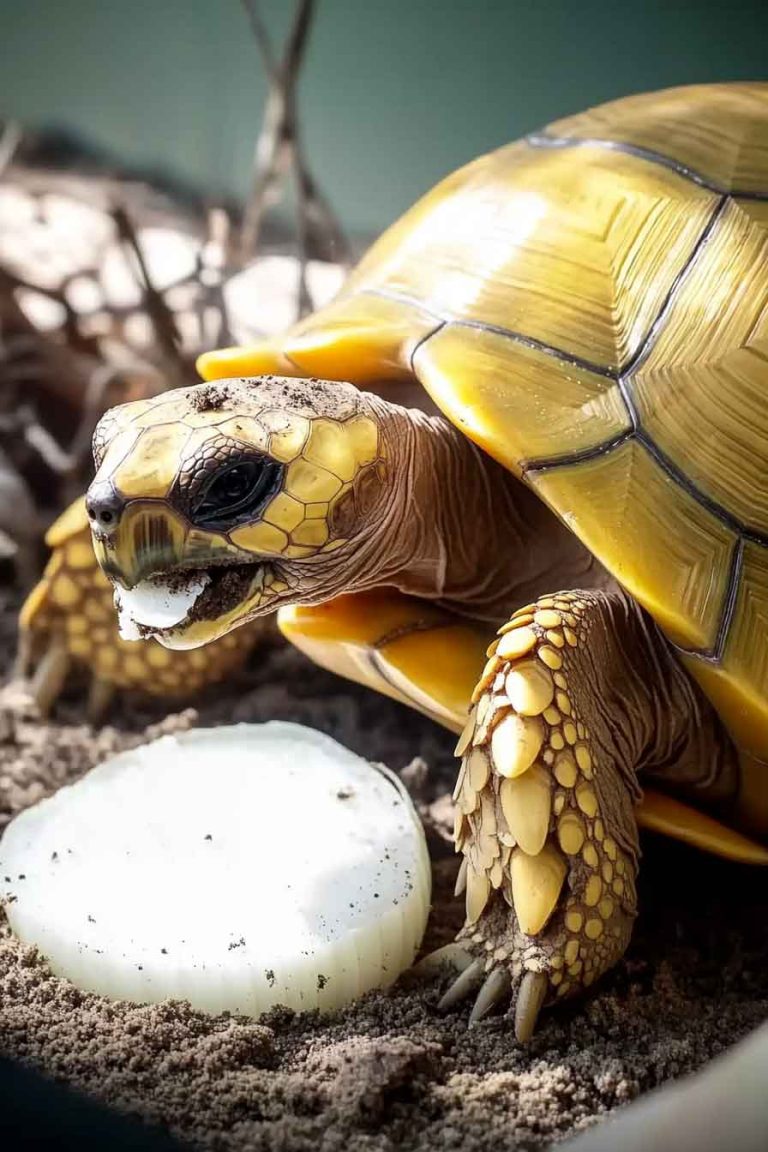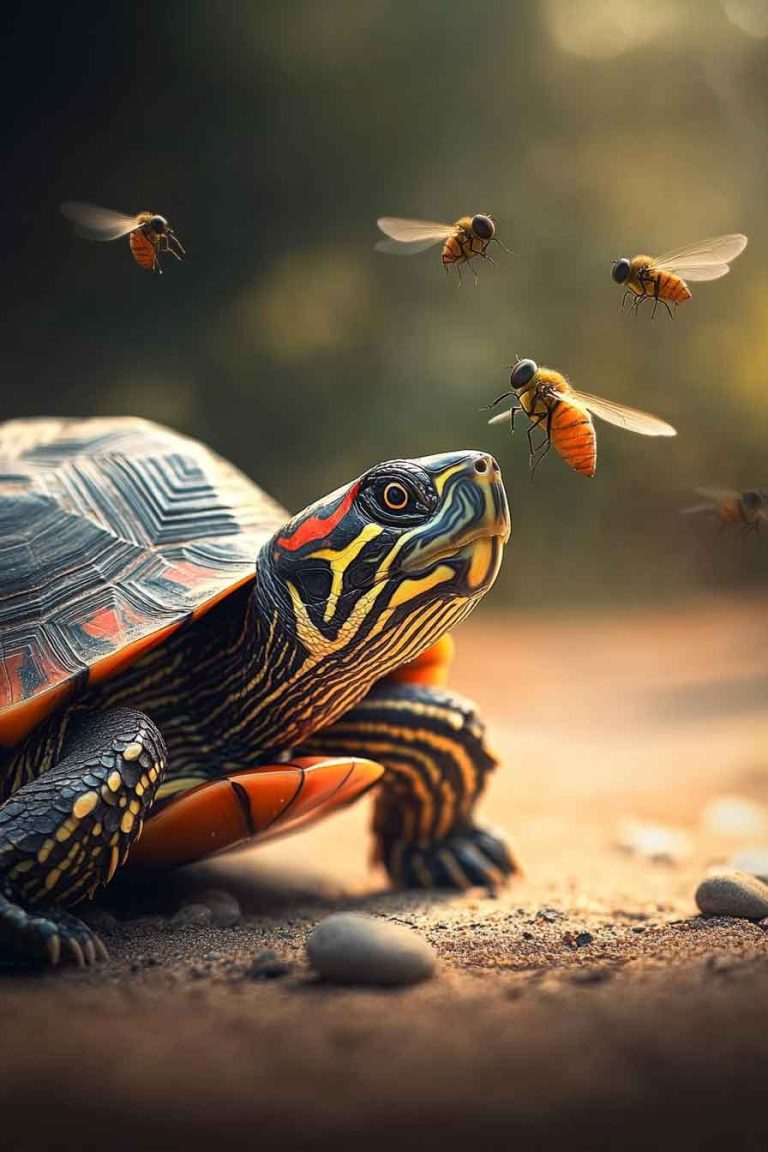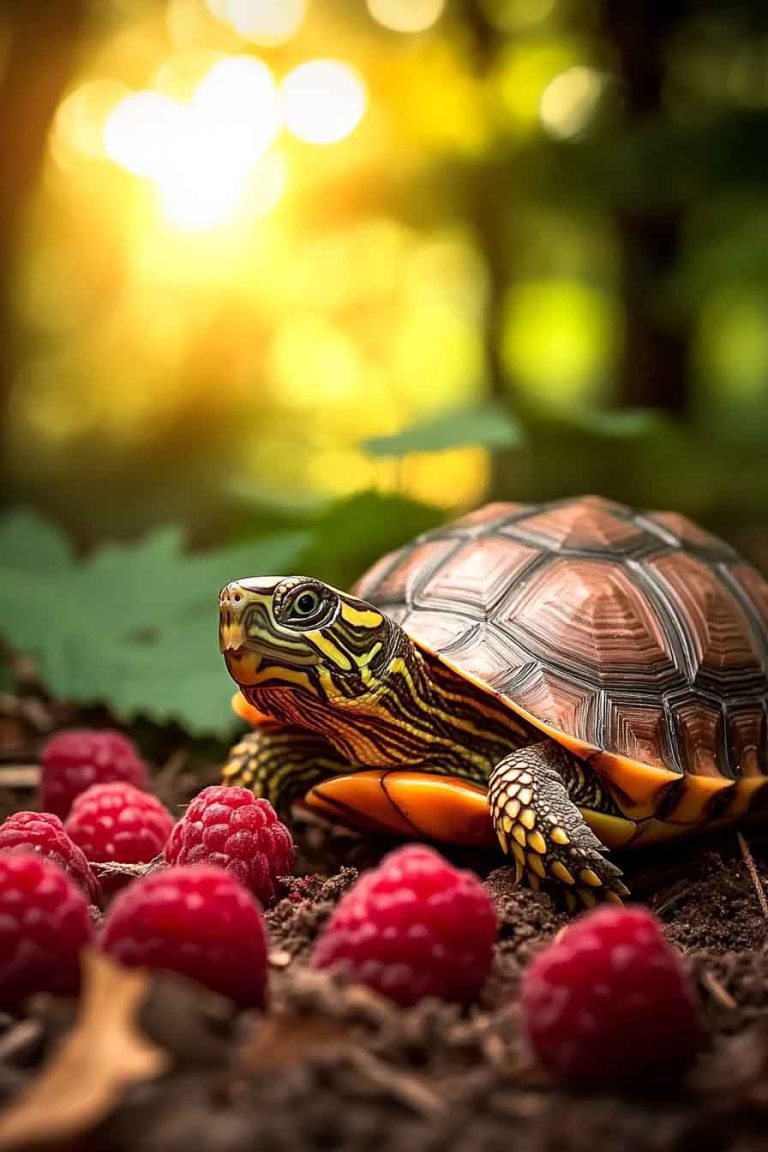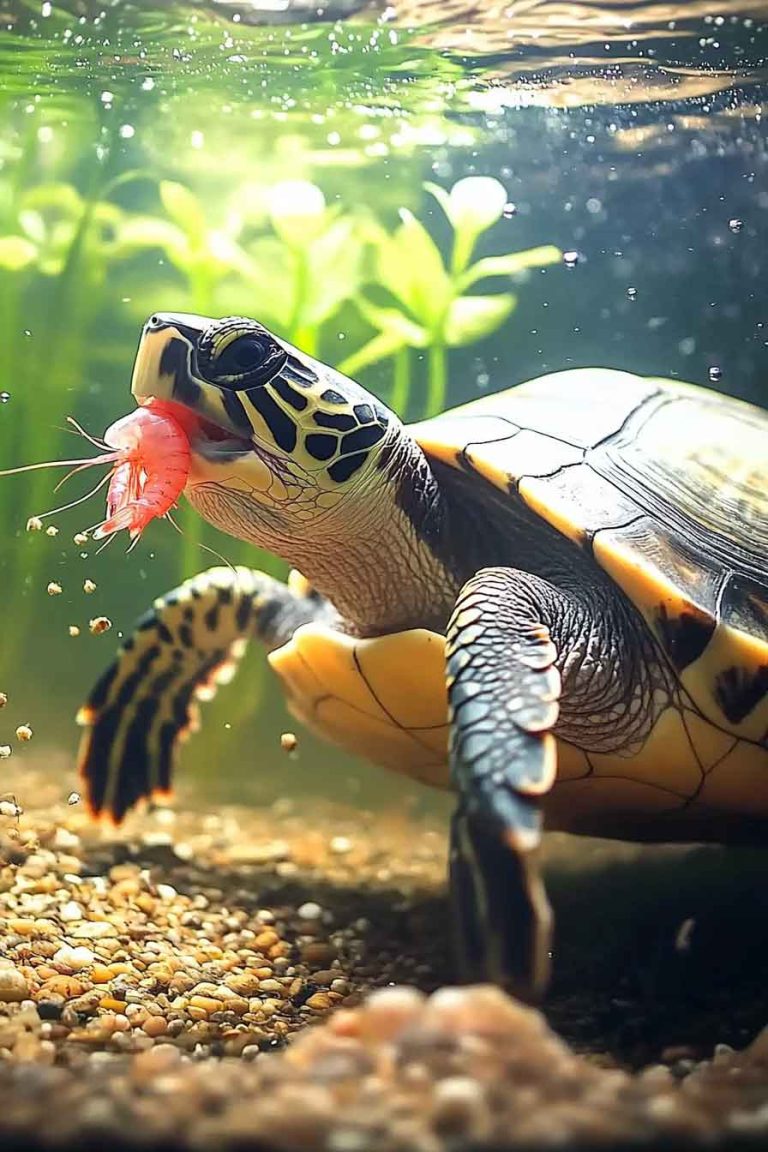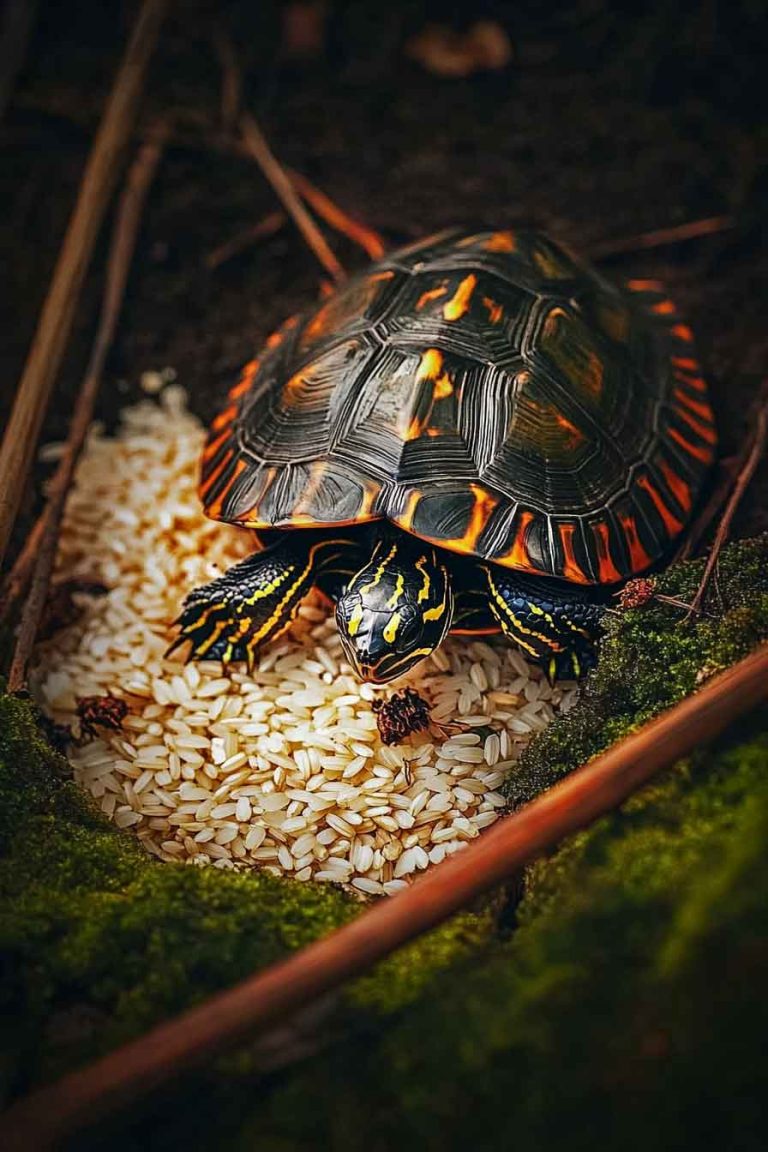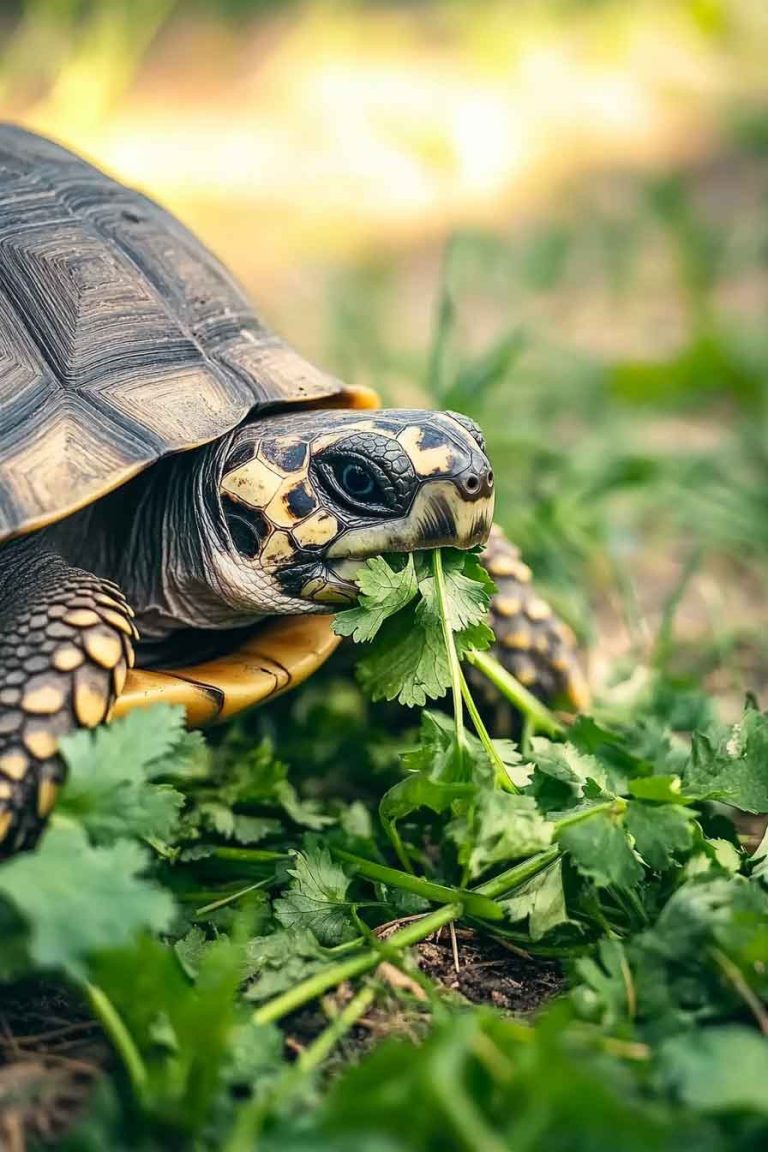Can Turtles Eat Mealworms? Safe Feeding Tips & Where to Get Them
If you’re like me and have a beloved pet turtle, you’ve probably found yourself wondering about the best foods to keep your shelled friend healthy and happy. One question I get asked frequently is whether turtles can eat mealworms, and if so, where’s the best place to get them. Let me share everything I’ve learned…
If you’re like me and have a beloved pet turtle, you’ve probably found yourself wondering about the best foods to keep your shelled friend healthy and happy. One question I get asked frequently is whether turtles can eat mealworms, and if so, where’s the best place to get them. Let me share everything I’ve learned about feeding mealworms to turtles over my years of turtle care.
So, can turtles eat mealworms? The answer is a resounding yes! Mealworms are not only safe for turtles but are actually an excellent protein source that closely mimics what many turtle species would eat in their natural habitat. These nutritious larvae provide essential amino acids, healthy fats, and important minerals that support your turtle’s growth and overall health.
In this comprehensive guide, I’ll walk you through everything you need to know about feeding mealworms to your turtle, including where to find the best quality mealworms, how often to feed them, and what precautions to take. Keep reading if you want to give your turtle the nutritional boost they deserve.
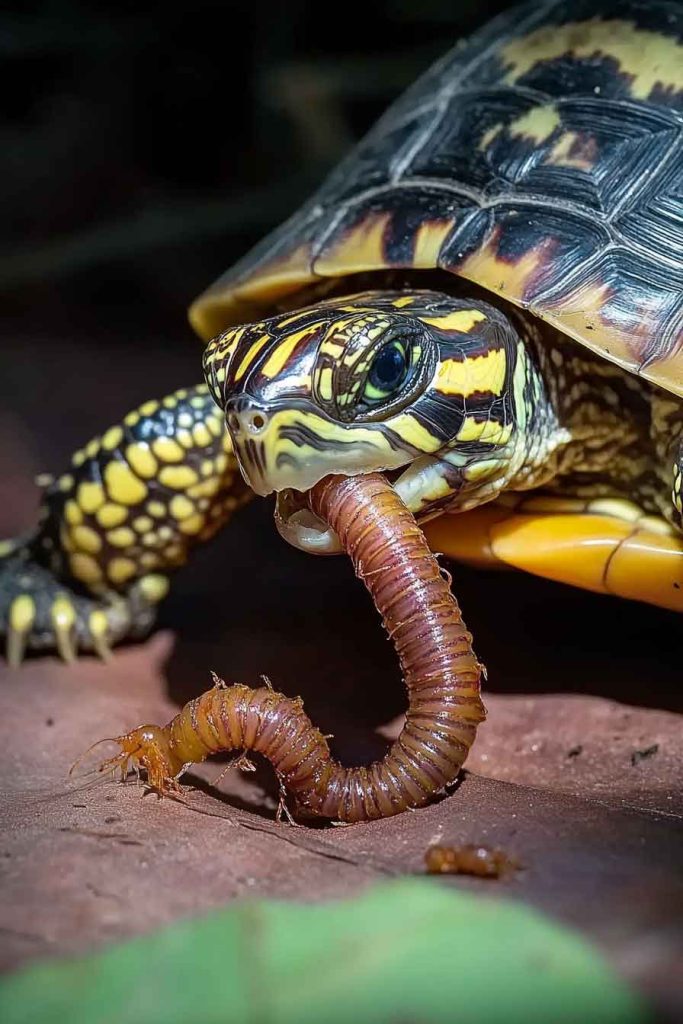
Can You Feed Mealworms To Your Pet Turtle?
Absolutely! I’ve been feeding mealworms to my turtles for years, and they’re one of the most beneficial protein sources you can offer. Unlike some foods that can be harmful to turtles, mealworms are a natural part of many turtle species’ diets in the wild.
Mealworms are the larval stage of darkling beetles and are packed with nutrition that turtles need. Let me break down the nutritional content of 100 grams of mealworms so you can see why they’re so beneficial:
- Protein: 20-25 g
- Fat: 12-15 g
- Fiber: 2-3 g
- Calcium: 15-20 mg
- Phosphorus: 200-250 mg
- Iron: 3-5 mg
- Vitamin B12: Present in good amounts
- Essential amino acids: Complete profile
What makes mealworms particularly valuable is their high protein content, which is crucial for shell development, muscle growth, and overall health in turtles. The protein quality is excellent because mealworms contain all the essential amino acids your turtle needs.
However, I do want to point out that the calcium to phosphorus ratio isn’t ideal – mealworms are higher in phosphorus than calcium. This is why I always recommend dusting mealworms with calcium powder before feeding them to your turtle, or ensuring your turtle gets plenty of calcium-rich foods alongside mealworms.
Do Turtles Like Mealworms?
In my experience, most turtles absolutely love mealworms! I’ve yet to meet a turtle that didn’t get excited when mealworms appeared at feeding time. There’s something about the movement and texture that really appeals to their hunting instincts.
The wriggling motion of live mealworms triggers a turtle’s natural prey drive, making feeding time both nutritious and mentally stimulating. Even my more finicky eaters, who sometimes turn their noses up at vegetables, will eagerly snap up mealworms.
Health Benefits of Feeding Mealworms to Turtles
After years of incorporating mealworms into my turtles’ diets, I’ve observed numerous health benefits that make them worth including in your feeding routine.
High-Quality Protein Source
Mealworms provide complete proteins with all essential amino acids. This is particularly important for growing turtles, gravid (egg-bearing) females, and turtles recovering from illness. The protein supports shell development, muscle maintenance, and immune system function.
Natural Foraging Behavior
Feeding live mealworms encourages natural hunting and foraging behaviors that keep turtles mentally stimulated. This behavioral enrichment is crucial for preventing boredom and maintaining psychological health in captive turtles.
Digestive Health Support
The chitin in mealworm exoskeletons provides dietary fiber that can help maintain healthy digestion. I’ve noticed that turtles who regularly eat mealworms tend to have more consistent, healthy bowel movements.
Essential Fatty Acids
Mealworms contain beneficial fats that support brain function, shell health, and overall vitality. These fats are particularly important during breeding season and for maintaining healthy skin.
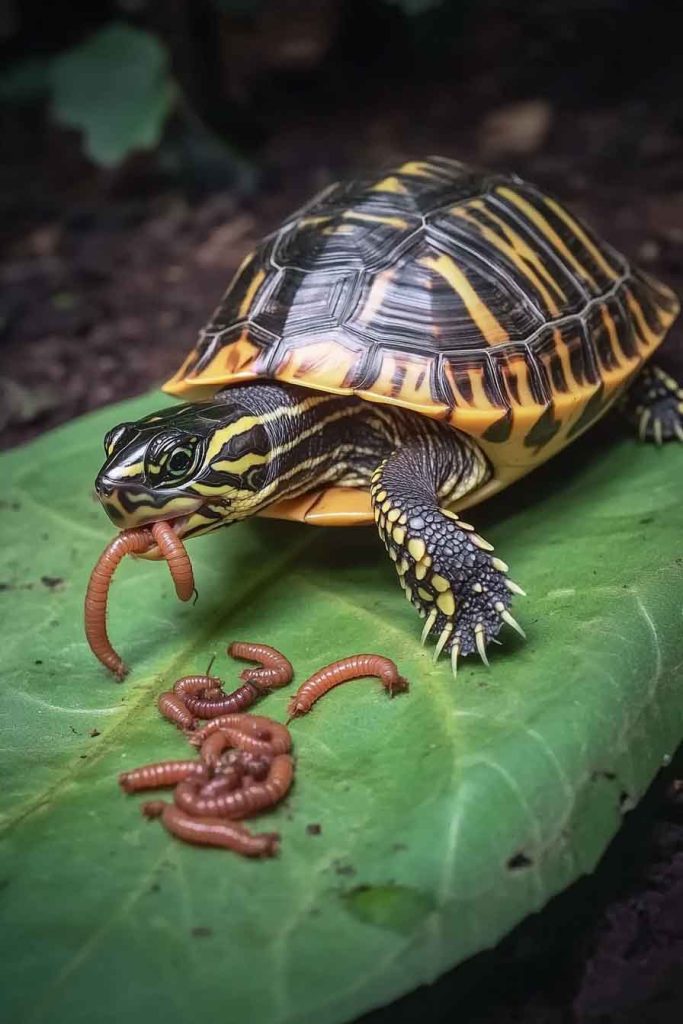
Where to Harvest Mealworms
Now, let’s talk about where you can get quality mealworms for your turtle. I’ve tried various sources over the years, and I’ll share my recommendations based on personal experience.
Pet Stores
Most pet stores carry live or dried mealworms in their reptile sections. This is often the most convenient option, especially if you’re just starting out. I recommend calling ahead to ensure they have fresh stock, as the quality can vary significantly.
Pros:
- Convenient and readily available
- Usually maintained at proper temperatures
- Good for beginners
Cons:
- Can be expensive for regular feeding
- Limited quantities available
- Quality varies between stores
Online Reptile Suppliers
This has become my preferred method for purchasing mealworms. Online suppliers often offer better prices, guaranteed live arrival, and consistent quality. Some reputable suppliers I’ve used include Rainbow Mealworms, Fluker Farms, and Josh’s Frogs.
Pros:
- Bulk pricing available
- Guaranteed live arrival
- Consistent quality
- Convenient delivery
Cons:
- Shipping costs can add up
- Need to plan ahead for orders
- Weather can affect shipping
Raising Your Own Mealworms
After a few years of purchasing mealworms, I decided to try raising my own. It’s been one of the best decisions I’ve made for my turtle care routine! It’s more cost-effective in the long run and ensures I always have fresh mealworms available.
Getting Started with Mealworm Farming:
I use a simple three-container system that’s easy to maintain. You’ll need shallow plastic containers, bedding material (wheat bran, oats, or chicken feed), and a small heat source.
The process is surprisingly simple: adult beetles lay eggs in the bedding, which hatch into tiny larvae that grow into mealworms over several weeks. With proper care, you can have a self-sustaining colony that provides fresh mealworms year-round.
Fishing Bait Shops
Some fishing supply stores carry live mealworms as bait. While these can work for turtle feeding, I recommend verifying that they haven’t been treated with any chemicals or preservatives that could be harmful to your turtle.
Local Breeders
Check reptile forums and local herpetological societies for hobbyist breeders in your area. I’ve found some excellent local sources this way, and it’s often more affordable than pet stores.
How Many Mealworms Should Turtles Eat?
The amount of mealworms to feed depends on your turtle’s size, species, age, and overall diet. Here are the guidelines I follow based on years of experience:
For Adult Turtles:
- Small turtles (4-6 inches): 3-5 mealworms, 2-3 times per week
- Medium turtles (6-8 inches): 5-8 mealworms, 2-3 times per week
- Large turtles (8+ inches): 8-12 mealworms, 2-3 times per week
For Juvenile Turtles:
Young turtles need more protein for growth, so I typically offer mealworms daily in smaller quantities – usually 2-4 mealworms depending on the turtle’s size.
Remember, mealworms should be just one component of a balanced diet. I always ensure my turtles get plenty of vegetables, leafy greens, and other appropriate foods alongside their mealworm treats.
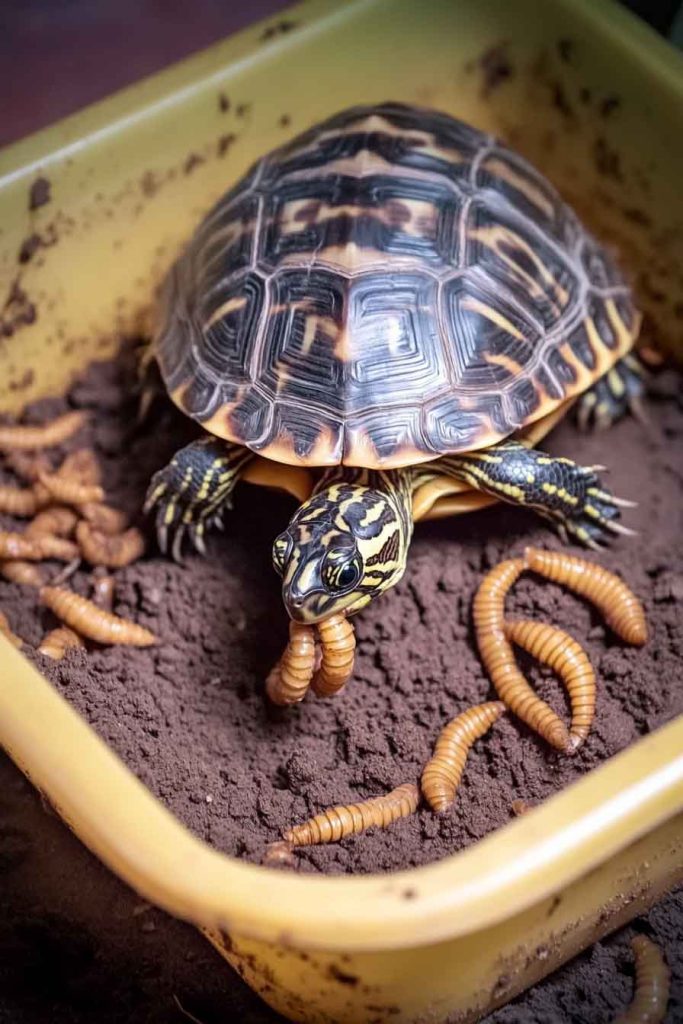
Can You Feed Mealworms to Baby Turtles?
Yes, you can feed mealworms to baby turtles, but with important considerations. Baby turtles have smaller mouths and different nutritional needs than adults.
For hatchlings and very young turtles, I recommend:
- Using only small mealworms or cutting larger ones into pieces
- Feeding 1-2 small mealworms every other day
- Always dusting with calcium powder
- Monitoring closely to ensure the turtle can handle the size
Some turtle species’ hatchlings are primarily carnivorous and will eagerly accept mealworms, while others may prefer smaller prey items initially.
Types of Mealworms to Consider
Not all mealworms are created equal. Let me share what I’ve learned about the different options available.
Live Mealworms
These are my preferred choice because they provide the most nutritional value and behavioral enrichment. Live mealworms trigger hunting instincts and are packed with moisture and nutrients.
Dried Mealworms
While convenient, dried mealworms lack moisture and some nutritional value. If you use dried mealworms, soak them in water for 10-15 minutes before feeding to rehydrate them.
Freeze-Dried Mealworms
These retain more nutrition than regular dried mealworms and are very convenient for storage. They’re a good backup option when live mealworms aren’t available.
Roasted Mealworms
Some suppliers offer roasted mealworms, but I don’t recommend these for turtles as the cooking process reduces nutritional value and they may contain added seasonings.
Important Safety Considerations
While mealworms are generally safe, there are some precautions I always take:
Source Quality
Only purchase from reputable suppliers who maintain proper hygiene and feeding practices for their mealworms. Poor quality mealworms can carry parasites or diseases.
Size Appropriateness
Ensure the mealworms aren’t too large for your turtle. A good rule of thumb is that the mealworm shouldn’t be wider than the space between your turtle’s eyes.
Calcium Supplementation
Due to the inverse calcium-to-phosphorus ratio, always dust mealworms with calcium powder or ensure your turtle gets adequate calcium from other sources.
Storage Conditions
Keep live mealworms refrigerated (not frozen) to slow their metabolism. They can live for several weeks when stored properly in the refrigerator.
Frequently Asked Questions (FAQs)
Can Box Turtles Eat Mealworms? Absolutely! Box turtles are omnivores that naturally eat insects in the wild. Mealworms make an excellent protein source for box turtles, and I’ve found they particularly enjoy hunting live mealworms.
Can Red-Eared Slider Turtles Eat Mealworms? Yes, red-eared sliders can safely eat mealworms. Since they’re omnivorous with a preference for animal protein when young, mealworms are an ideal food choice. Just remember to balance them with plant matter as the turtle matures.
Can Painted Turtles Eat Mealworms? Painted turtles benefit greatly from mealworms in their diet. As semi-aquatic omnivores, they naturally consume insects and larvae in their aquatic environment, making mealworms a natural dietary addition.
How Long Do Live Mealworms Last? When stored properly in the refrigerator, live mealworms can survive 2-4 weeks. Keep them in a container with ventilation holes and some dry bedding material.
Should I Gut-Load Mealworms? Yes! Gut-loading (feeding mealworms nutritious foods before offering them to your turtle) can significantly improve their nutritional value. I feed my mealworms fresh vegetables and high-quality grain for 24-48 hours before feeding them to my turtles.
Conclusion
Mealworms are truly one of the best protein sources you can offer your turtle. They’re nutritious, stimulating, and closely mimic what many turtle species eat in nature. Whether you choose to purchase them from pet stores, order online, or raise your own, incorporating mealworms into your turtle’s diet will provide significant health benefits.
Remember to always source high-quality mealworms, supplement with calcium, and offer them as part of a balanced diet rather than as the sole food source. Your turtle will thank you for the variety and nutrition these little larvae provide!
I hope this comprehensive guide has answered all your questions about feeding mealworms to turtles. With proper care and attention to these guidelines, you’ll be well-equipped to give your shelled companion the nutrition they need to thrive.

